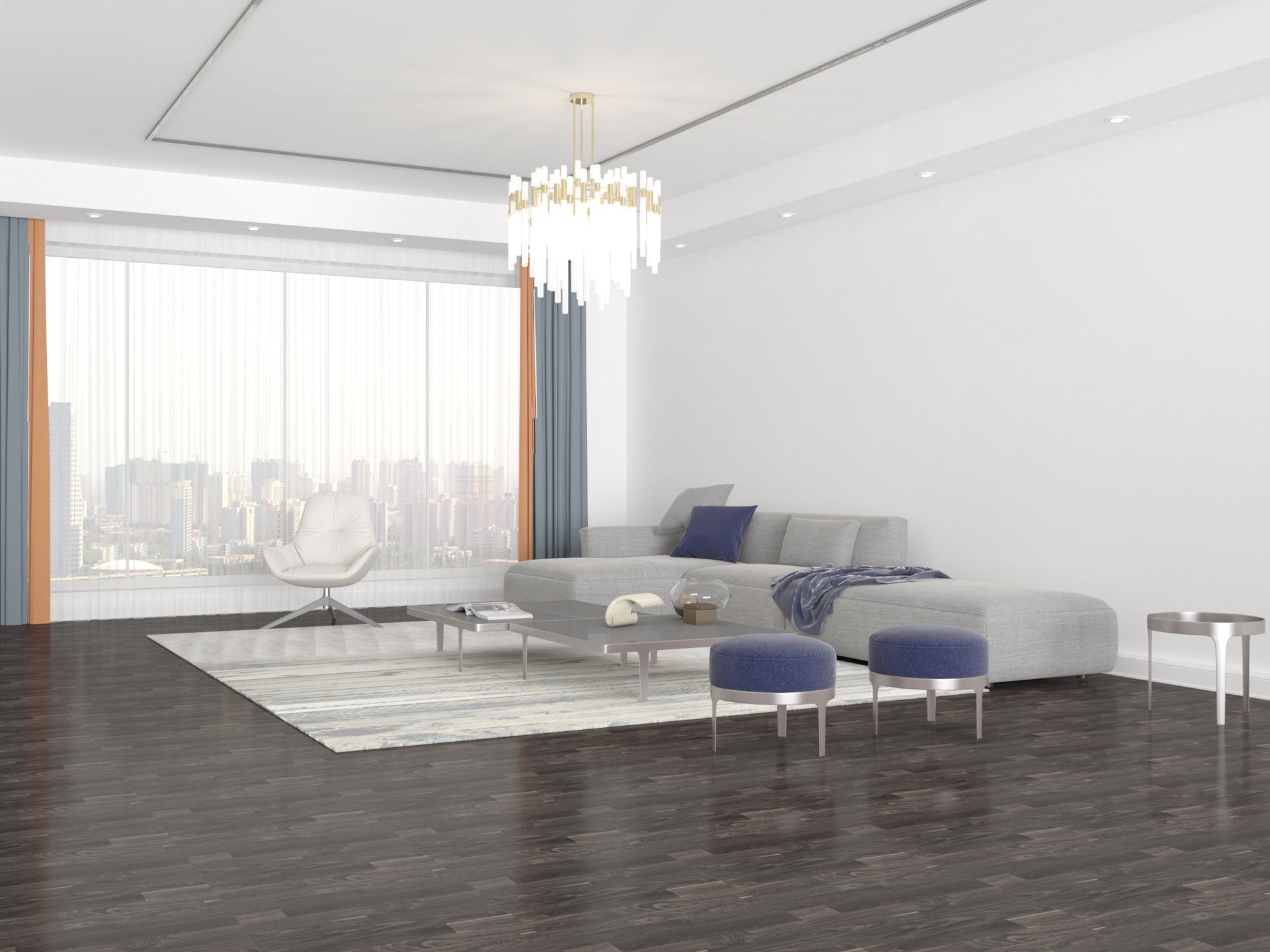When embarking on an interior fit-out project, selecting the appropriate materials is one of the most critical decisions you’ll face. The materials you choose can significantly impact your interior space’s aesthetics, functionality, and durability. In this comprehensive guide, we’ll look into how to choose the right materials for an interior fit out and the importance of durability in ensuring the longevity of your project.
Types of Materials Used for Interior Fit Out Projects
Interior fit-out materials encompass various options, each with unique characteristics and benefits. Whether aiming for a classic, modern, or industrial look, understanding these materials will empower you to make informed decisions that align with your design vision.
Wood
A timeless choice, wood brings warmth and sophistication to any interior. This versatile material offers a broad spectrum of textures and finishes from solid wood to veneers. Wood can be used for flooring, wall paneling, cabinetry, and more. Its organic appeal adds a touch of nature to the indoors.
Metal
Metal elements can play a pivotal role if you’re aiming for an industrial or contemporary look. Stainless steel, aluminum, and brass are often used for fixtures, railings, and decorative accents. Their sleek and shiny appearance can elevate the overall aesthetics.
Glass
Glass is perfect for creating an open and airy feel. It’s used for windows, doors, partitions, and even furniture. Frosted glass offers privacy while allowing light to filter through. Stained glass can add an artistic touch to interiors.
Stone and Tiles
Natural stone like marble and granite exudes luxury and elegance. Tiles, ceramic, porcelain, or mosaic, are versatile for floors, walls, and backsplashes. They come in a plethora of colors, patterns, and sizes.
Plastics and Composites
Materials like acrylic, PVC, and composite bonding are valuable for creating lightweight structures, such as signage and decorative features. Composite bonding offers the advantage of strength and flexibility, making it an excellent choice for intricate designs.
What to Consider When Selecting Materials for Interior Fit Out Projects?
Choosing suitable materials involves carefully considering various factors to ensure a harmonious and functional interior space.
Aesthetic Alignment
When choosing the right materials for an interior fit out, you need to consider how well they align with the desired interior design. Imagine you’re going for a rustic ambiance – in this scenario, natural wood and stone materials can seamlessly blend with the design theme, exuding a warm and inviting atmosphere. On the other hand, if your vision leans towards a modern, sleek look, materials like glass, metal, and polished surfaces can contribute to the contemporary aesthetics you aim for.
Functionality
Functionality is a crucial aspect that should never be overlooked when selecting interior fit-out materials. High-traffic areas, such as hallways and entrances, demand materials that can withstand the constant footfall without showing signs of wear. This could lead you to opt for robust options like ceramic tiles or hardwood flooring. Conversely, areas, where aesthetics precedes heavy use, can accommodate more delicate materials that add visual appeal without compromising practicality.
Maintenance
Before finalizing your material choices, it’s essential to think about the maintenance requirements they entail. Different materials come with varying levels of upkeep, from regular and deep cleaning to occasional treatments. Reflect on your willingness and capacity to invest time and effort into maintaining the chosen materials.
Budget
Undoubtedly, your budget plays a significant role in determining the materials you can consider for your interior fit-out process. While initially, you might have to allocate a higher budget for premium options, their durability and resistance to wear can result in fewer replacements over time. It’s prudent to balance your budget constraints and the potential long-term benefits of quality materials.
The Durability of Materials Used for Interior Fit Out
Durability is a non-negotiable aspect of interior fit-out materials. Subpar materials can result in early wear and tear, diminishing the overall appeal and functionality of your space. While choosing suitable materials is crucial, enlisting the expertise of an interior fit-out contractor is equally important. Here are vital considerations for ensuring durability:
Wear and Tear – High-traffic areas like hallways and entranceways require materials that can withstand constant use without showing signs of wear. Opt for sturdy materials like ceramic tiles, hardwood, or durable carpets.
Moisture Resistance – Bathrooms, kitchens, and areas exposed to moisture demand materials that are resistant to water damage. Porcelain tiles, vinyl flooring, and sealed wood are excellent choices.
Stain Resistance – In spaces prone to spills and stains, materials that are easy to clean and resistant to discoloration are essential. Quartz countertops and stain-resistant fabrics are good options.
Longevity – Investing in quality materials might seem costlier upfront, but it pays off in the long run. High-quality materials can maintain their appeal for years, reducing the need for frequent replacements.
Conclusion
Selecting suitable materials for an interior fit-out project is a multi-faceted task that requires careful consideration of aesthetics, functionality, and durability. To experience the transformative power of premium materials in your interior fit-out project, book a Civil Works appointment with us at Nitty Gritty. Lastly, it would be helpful to understand the difference between interior design and fit-out.

